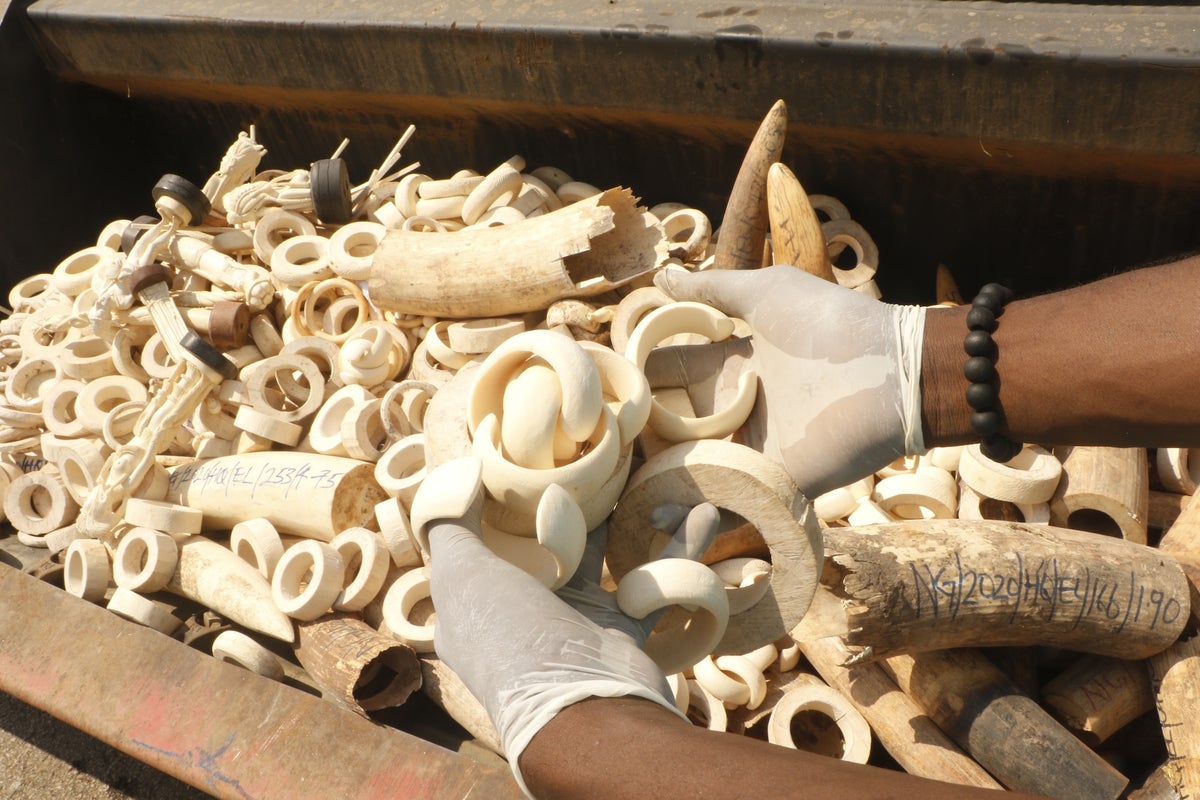
"The investigators also found 13 gallons of opium that the suspects had been adding to their lion cake. Illegal wildlife trade is a multibillion-dollar industry carried out by organized criminal gangs with operations spanning continents. Now new research in the Journal of Economic Criminology confirms that those same gangs are also frequently involved in other forms of criminal activity, including trafficking in drugs, arms, people, stolen vehicles, mined resources, counterfeit goods and human body parts."
"We're seeing criminal networks around the world being more adaptable and interconnected and almost commodity agnostic, says study lead author Michelle Anagnostou, a University of Oxford researcher of illegal wildlife trade who conducted the research while a PhD student at the University of Waterloo in Canada. This points to the need for a comprehensive organized crime approach to trafficking activities as a whole, with less focus on the commodity being trafficked, she says."
A 2021 raid on a South African farm uncovered over 800 pounds of lion cake and 13 gallons of opium mixed into the product. Illegal wildlife trade is a multibillion-dollar industry driven by organized criminal gangs operating across continents. Those gangs frequently traffic drugs, arms, people, stolen vehicles, mined resources, counterfeit goods, and human body parts. Criminal networks are increasingly adaptable, interconnected, and largely commodity-agnostic. A comprehensive organized-crime approach that targets trafficking activities broadly rather than individual commodities is necessary. Investigators conducted 112 interviews across South Africa, Hong Kong, and Canada with wildlife officers, police, customs agents, intelligence analysts, and other experts.
Read at www.scientificamerican.com
Unable to calculate read time
Collection
[
|
...
]